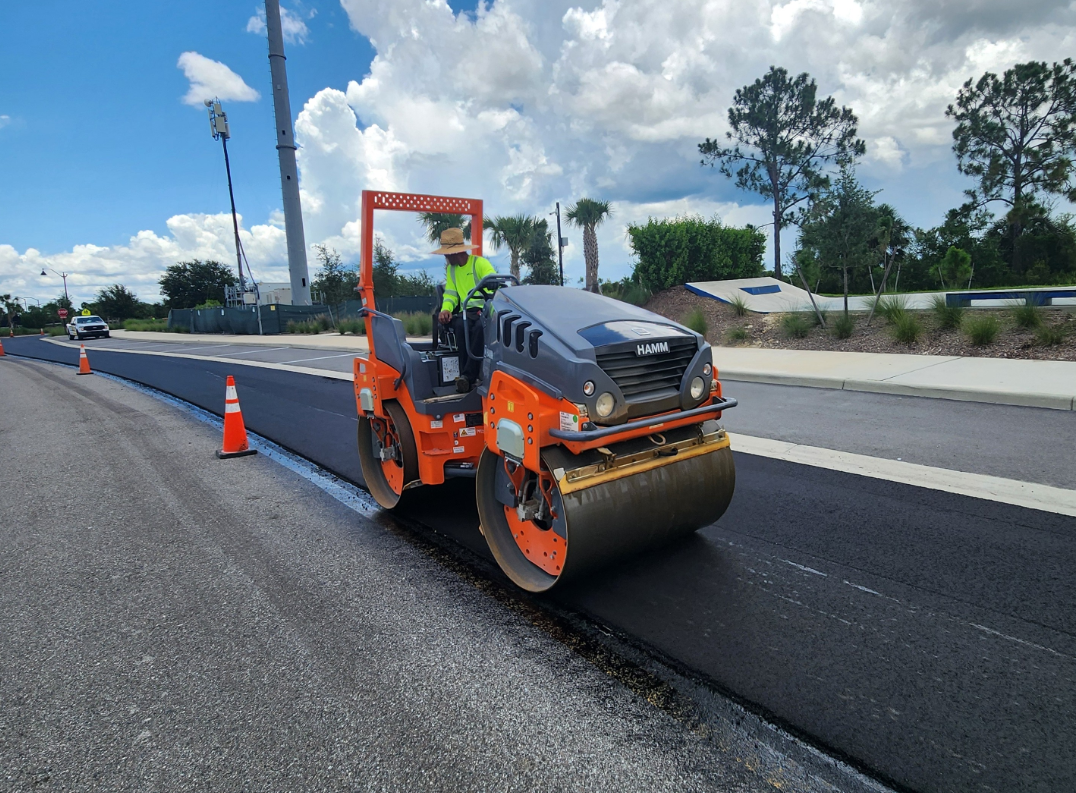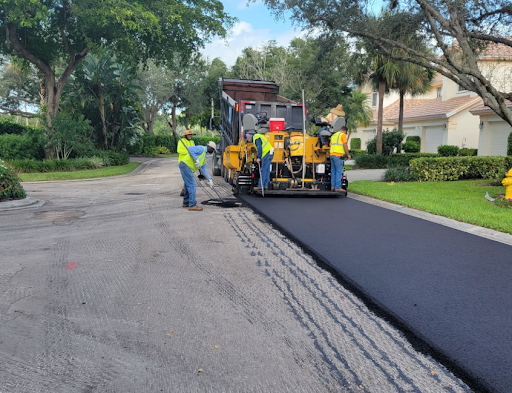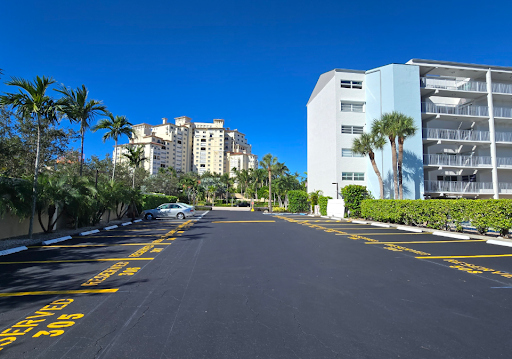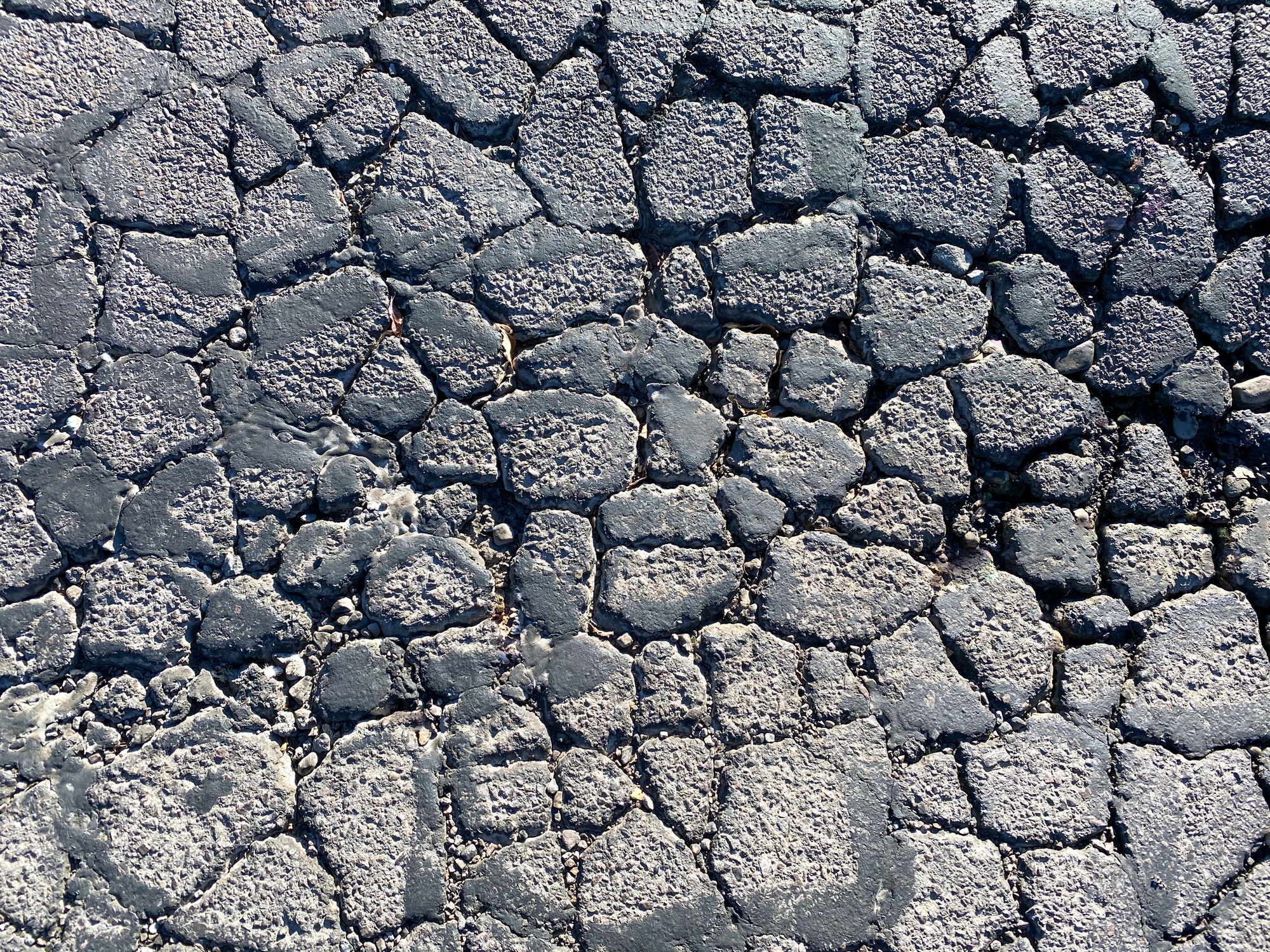
Asphalt alligator cracking is a common pavement issue that signals structural failure beneath the surface. Although it resembles the pattern of alligator skin, the problem goes far beyond appearance. For residential communities, HOAs, and new developments, recognizing and addressing this form of cracking is essential for maintaining safe, reliable driveways and roadways, especially as properties prepare for future hurricane seasons.
Understanding Asphalt Alligator Cracking
Alligator cracking appears as a network of interconnected fissures that form a scale-like pattern. This typically indicates deeper structural distress, including weakened base layers or long-term strain on the pavement. Unlike isolated surface cracks, alligator cracking suggests that the pavement can no longer properly distribute loads, which requires timely attention to prevent larger failures.
Causes of Alligator Cracking
Effective prevention and repair begin with understanding the most common causes of this issue:
1. Heavy Traffic Loads
Residential and commercial pavements that experience frequent or excessive loading can deteriorate rapidly. When asphalt is not designed to handle heavy or repetitive vehicle traffic, the surface may begin to fatigue and crack.
2. Improper Installation Techniques
A pavement’s long-term performance depends heavily on quality installation. Insufficient compaction or improper layering during construction can weaken the pavement structure from the start, making it more likely to develop alligator cracking later on.
3. Subgrade Failure
The subgrade supports the entire pavement system. If it is compromised by moisture, inadequate compaction, or poor soil stability, the asphalt above it can no longer function as intended, often resulting in widespread cracking patterns.
4. Aging and Oxidation
As asphalt ages, the binder becomes brittle due to prolonged exposure to sunlight and oxygen. This loss of flexibility makes the pavement more prone to cracking when stressed.
5. Inadequate Drainage Systems
Poor drainage can accelerate pavement deterioration. When water infiltrates the base or subgrade, it weakens the structure and increases the likelihood of alligator cracking. For residential communities, maintaining effective drainage is essential for protecting roadways and reducing future repair needs.
Preventive Measures and Repairs
The best approach to managing alligator cracking is proactive maintenance. Key strategies include:
- Limiting excessive vehicle loading when possible.
- Repairing small cracks promptly to keep them from expanding.
- Ensuring drainage systems remain in good working order to prevent water intrusion.
- Using high-quality asphalt materials for patching and resurfacing.
Communities preparing for hurricane season should pay particular attention to drainage conditions and existing pavement defects. Addressing problems early helps improve roadway resilience and reduces the risk of larger structural failures later.
How Bonness Can Help
Bonness provides professional evaluations and repairs for asphalt surfaces showing signs of alligator cracking. Our team identifies both visible damage and the underlying conditions contributing to pavement fatigue. We also offer preventative maintenance solutions designed to support long-term durability for residential community roadways, driveways, and related infrastructure.
Contact Bonness for Expert Asphalt Repairs
Do not let alligator cracking compromise the safety or appearance of your pavement. Contact Bonness today to schedule a consultation in Naples, FL. Call (239) 597-6221 or complete our online form for professional guidance and effective repair solutions that protect your investment.




